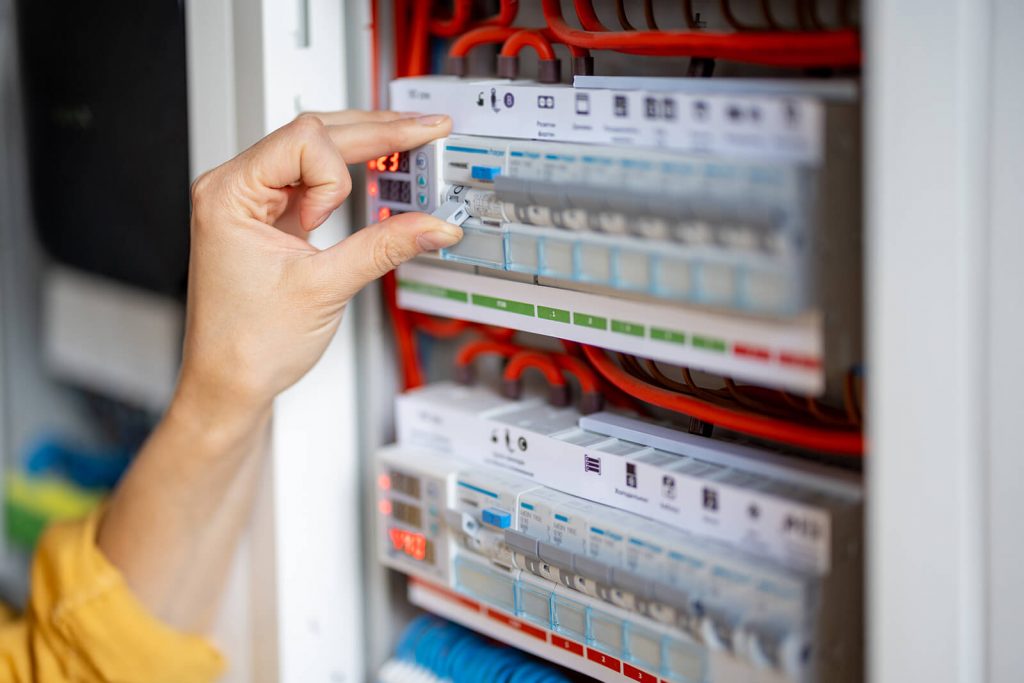
Demystifying Common Myths About Home Electrical Safety
Electrical safety at home is paramount. However, popular opinions about this significant topic are often clouded with misconceptions. Falsehoods and half-truths not only prevent the public’s understanding of electrical safety but also lead to accidents that could have been avoided. Therefore, to arm ourselves with effective measures for safe practices, it’s critical that we differentiate the wheat from the chaff. This article underscores the importance of pragmatic information for ensuring electrical safety at home and confronts the common myths that can impede such practices.
Myth #1: Rubber Gloves and Shoes Provide Full Protection Against Electricity
Safety measures for handling electrical appliances often include using rubber gloves and shoes, a concept based on the insulating attributes of rubber. This however doesn’t mean that rubber can entirely protect you from electric shocks. Rubber clothing that has worn thin, become damp, or has tiny holes can fail to block electrical current. Thus, while using rubber gloves and shoes is in itself a safety precaution, relying solely on them is not advisable. Instead, the optimal way to handle electricity should involve understanding the nature of power flow, adhering strictly to user manuals, and seeking professional assistance where necessary.
Myth #2: All Electrical Equipment in Dry Areas is Always Safe
While it is true that water sources increase electrical risks, the reverse idea that electrical appliances are absolutely safe in dry areas is misleading. Changes in temperature and humidity can cause condensation within appliances, creating an unexpected risk of electrocution. For instance, turning on air conditioners in humid conditions can lead to condensation and short-circuiting. So, it’s beneficial to operate electrical appliances in well-ventilated spaces, regularly inspect these devices for any signs of moisture, and endeavour to keep appliances away from potential water sources.
Myth #3: Removing The ‘Third’ Ground Wire Reduces Electrical Risks
The ‘third’ ground wire or the green wire as it is commonly known, serves to improve safety and not the contrary. Designed to handle any stray current, it provides a safe route for electricity, hence preventing electric shock in case of a short circuit. Trimming this wire could lead to electrical equipment becoming hazardous, posing a grave risk to users. Instead of disabling this critical safety feature to avoid tripping hazards, homeowners should consider cord management solutions like flat plugs or cord clips, thereby maintaining both safety and convenience.

Myth #4: Power Surges Are Harmless for Unplugged Electronic Devices
Believe it or not, unplugged electronics can be at risk during power surges. Most consumers are unaware of the fact that while the active connection to an outlet might be cut, a residual connection still remains, putting your devices at risk. Power surges can cause significant damage, from frying circuits to the complete breakdown of the device. One of the surge protector benefits is that it helps to prevent such damage. It’s advisable to not only unplug sensitive electronic devices during storms but also invest in surge protectors for added safety.
Myth #5: Low-Voltage Electricity Doesn’t Harm
Contrary to prevalent belief, even low-voltage electricity can cause harm. While high-voltage shocks are notably severe, shocks from low-voltage sources can lead to harmful effects as well. Even a small quantity of current passing through the body can cause harm, particularly if the pathway includes the heart. As such, one should treat every electrical source with respect, regardless of its voltage. The use of insulated tools, safety clothing, and mindful practices can significantly mitigate the risk associated with low-voltage circuits.
Conclusion
To wrap up, it’s crucial to dismiss these commonly held myths and rely on facts when it comes to electrical safety. What we’ve learned is that while protective gears like rubber gloves and shoes are beneficial, other safety precautions are also necessary. Dry areas are not immune to electrical accidents and removing the ‘third’ wire poses more risk than safety. Likewise, unplugged electronics can get damaged due to power surges, and low-voltage electricity should not be underestimated. Let’s prioritize safety over convenience, adhere to regulations, and spread accurate knowledge, thus promoting an electrically safe community.




